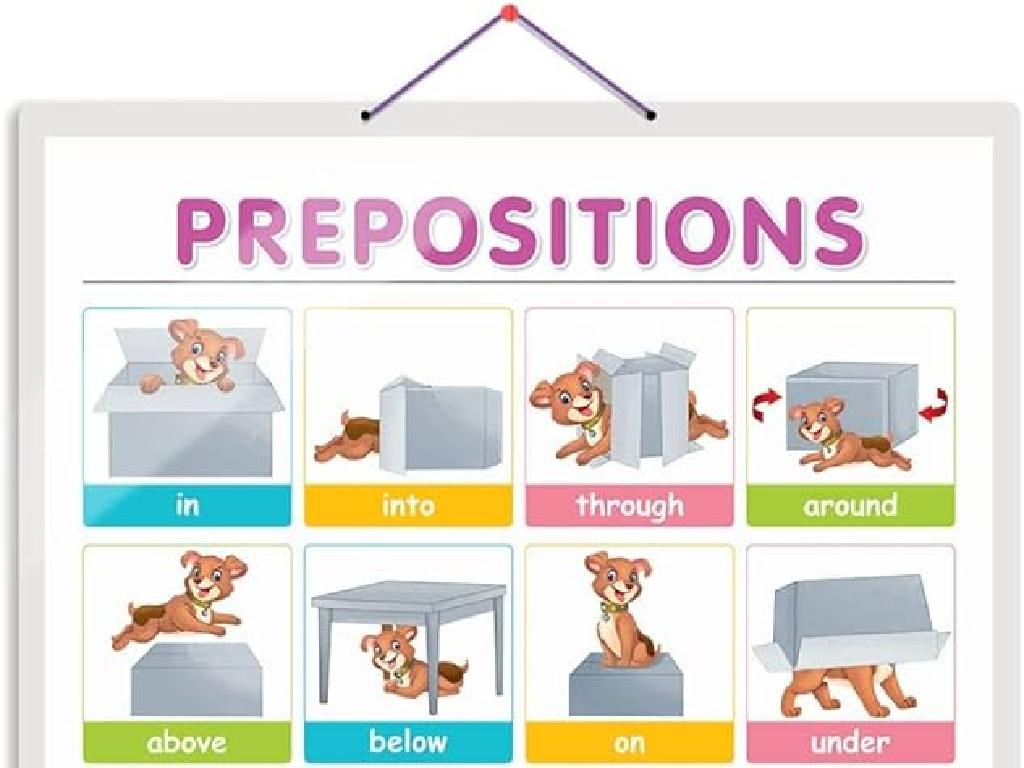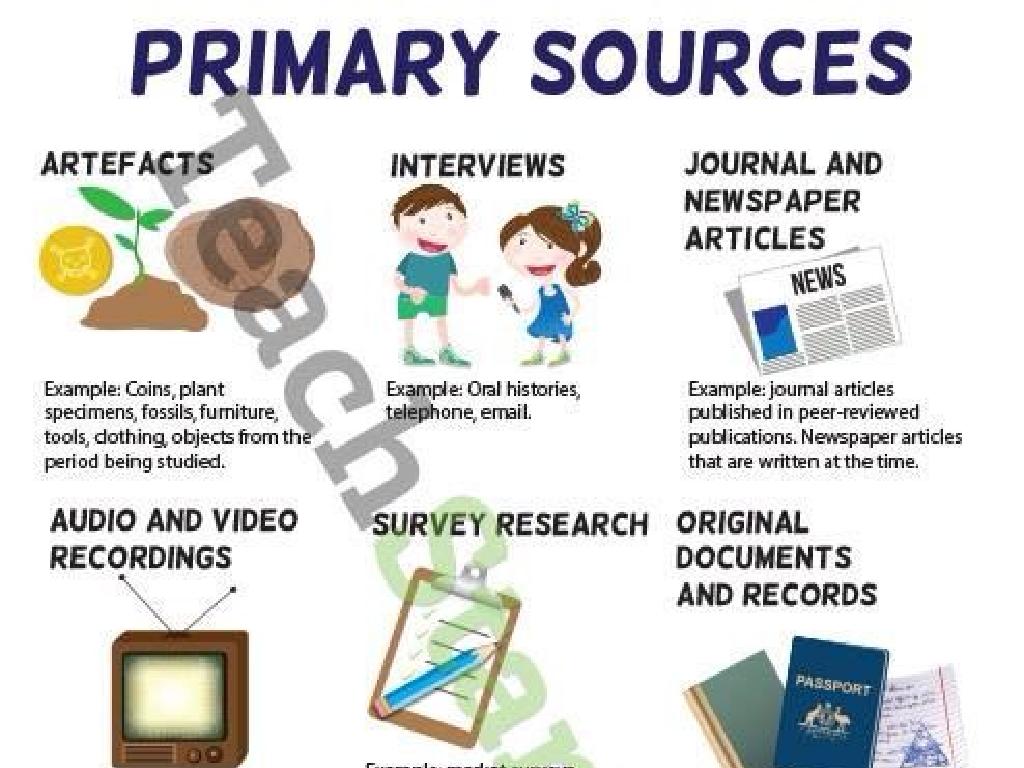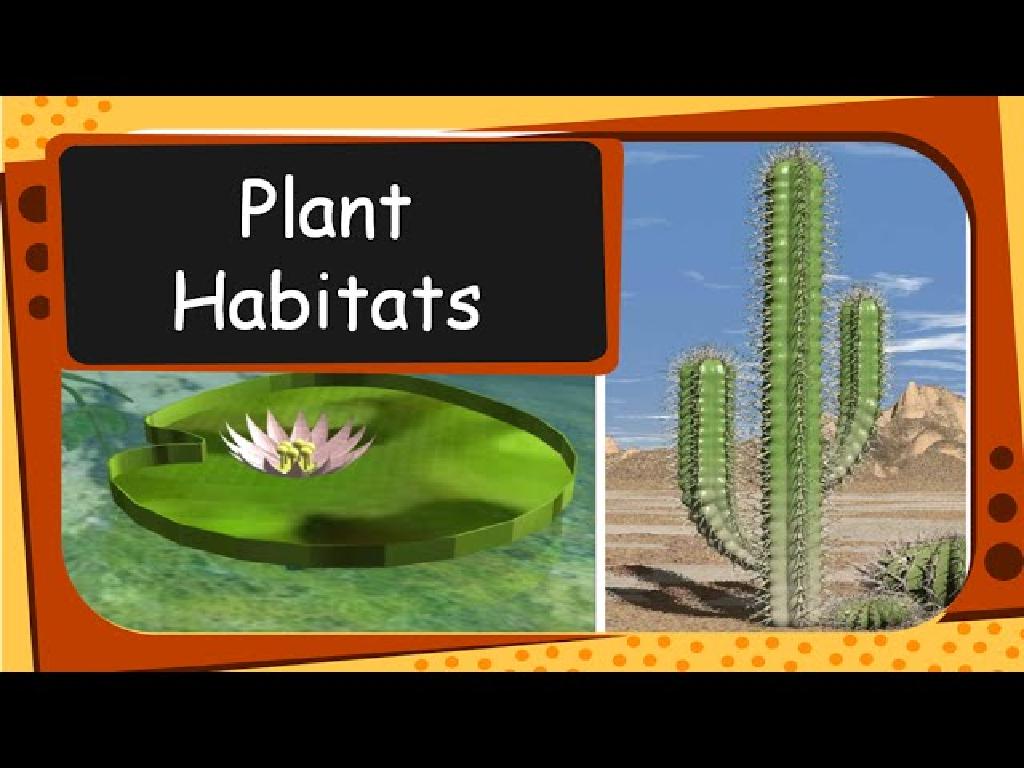Evaluate Claims About Natural Resource Use: Fossil Fuels
Subject: Science
Grade: Eighth grade
Topic: Natural Resources And Human Impacts
Please LOG IN to download the presentation. Access is available to registered users only.
View More Content
Understanding Natural Resources
– Define natural resources
– Materials or substances occurring in nature which can be exploited
– Explore Earth’s resource wealth
– Renewable vs Non-renewable
– Renewable resources replenish over time, non-renewable do not
– Impact of fossil fuel use
– Fossil fuels are non-renewable; their use affects the environment
|
This slide introduces students to the concept of natural resources and their importance to our planet. Begin by defining natural resources as materials or substances that occur in nature and can be used for economic gain. Discuss the abundance of these resources on Earth and how they contribute to our planet’s wealth. Differentiate between renewable resources, which can be replenished naturally over time, and non-renewable resources, which are finite. Emphasize the significance of fossil fuels within the non-renewable category, discussing how their use has a profound impact on the environment. Encourage students to think critically about how human activities, particularly the use of fossil fuels, affect natural resource availability and the health of our planet.
Understanding Fossil Fuels
– Definition of fossil fuels
– Fossil fuels are energy sources formed from the remains of ancient organisms.
– Types: Coal, Oil, Natural Gas
– Coal is solid, oil is liquid, and natural gas is gaseous.
– Formation of fossil fuels
– Formed over millions of years under heat and pressure from organic matter.
– Fossil fuels’ role in energy
|
This slide introduces the concept of fossil fuels, which are crucial to our understanding of natural resource use and its impact on the environment. Begin with a clear definition, emphasizing that fossil fuels come from the decomposed remains of ancient plants and animals. Discuss the three main types of fossil fuels: coal, oil, and natural gas, highlighting their physical states and common uses. Explain the natural processes that lead to the formation of fossil fuels, which occur over millions of years due to the compression and heating of organic matter deep within the Earth’s crust. Lastly, touch on the importance of fossil fuels in providing energy for human activities but also segue into a discussion on the environmental implications, setting the stage for further exploration of the topic.
The Importance of Fossil Fuels
– Fossil fuels in daily life
– Used for transportation, heating, electricity
– Energy sector’s reliance
– Power plants use coal, oil, and natural gas
– Economic impacts of usage
– Jobs creation, but market volatility concerns
– Environmental considerations
|
This slide aims to highlight the significance of fossil fuels in various aspects of our daily lives and the broader economy. Students should understand that fossil fuels such as coal, oil, and natural gas are integral to transportation, heating, and electricity generation. Emphasize the dependency of the energy sector on these resources, and discuss how this reliance affects energy availability and prices. Address the economic impact, including job creation in the industry and the potential for market fluctuations that can affect the economy. Lastly, prompt students to think about the environmental effects of fossil fuel use, setting the stage for a discussion on sustainable alternatives and the importance of balancing energy needs with environmental protection.
Environmental Impact of Fossil Fuels
– Air and water pollution sources
– Emissions from combustion, oil spills
– Global warming and climate change
– Greenhouse gases increase Earth’s temperature
– Effects on ecosystems
– Habitats altered, food chains disrupted
– Biodiversity under threat
– Species extinction due to habitat loss
|
This slide aims to educate students on the significant environmental consequences of using fossil fuels. Discuss how the burning of fossil fuels releases pollutants into the air and water, leading to health and environmental issues. Explain the concept of greenhouse gases and how their accumulation in the atmosphere contributes to global warming and subsequent climate change. Highlight the ripple effects on ecosystems, such as changes in habitat and disruption of food chains, which can lead to a decline in biodiversity. Emphasize the importance of understanding these impacts to make informed decisions about natural resource use. Encourage students to think critically about alternative energy sources and conservation efforts to mitigate these effects.
Evaluating Claims About Fossil Fuels
– Claims for and against fossil fuels
– For: Energy needs & economic growth. Against: Environmental impact & sustainability.
– Analyzing claim validity
– Assess the source, logic, and facts supporting each claim.
– Evidence in claim evaluation
– Look for scientific data and research to support or refute claims.
– Critical thinking in analysis
|
This slide aims to teach students how to critically evaluate different claims about the use of fossil fuels, considering both the advantages and disadvantages. Students should understand that claims can be made for using fossil fuels, such as their role in meeting energy demands and driving economic growth, as well as against their use, highlighting environmental concerns and the need for sustainable alternatives. They should learn to analyze the validity of these claims by examining the credibility of the sources, the logic of the arguments, and the factual evidence provided. Emphasize the importance of evidence, such as scientific data and research findings, in substantiating or debunking claims. Encourage students to practice critical thinking and not to accept claims at face value, but to question and research them.
Alternatives to Fossil Fuels: Embracing Renewables
– Explore renewable energy sources
– Solar, wind, hydro, and bioenergy
– Benefits & hurdles of renewables
– Clean, sustainable but initial cost & infrastructure are challenges
– Transition strategies
– Policy changes, technology, and education are key for transition
– Impact on environment & economy
– Reduces emissions, creates jobs, but requires investment and adaptation
|
This slide aims to educate students on the importance of transitioning from fossil fuels to renewable energy sources. Discuss the various types of renewable energy, such as solar and wind power, and their benefits to the environment by being clean and inexhaustible. Highlight the challenges, including the high initial costs and the need for new infrastructure. Emphasize the strategies for transitioning, like implementing supportive policies, investing in new technologies, and educating the public and stakeholders. Finally, discuss the broader impacts of this shift, including the potential for reducing greenhouse gas emissions and fostering economic growth through job creation in new sectors. Encourage students to think critically about how these changes can be managed and what role they can play in a sustainable future.
Class Activity: Debate on Fossil Fuels
– Divide into Pro and Con groups
– Research and present arguments
– Engage in rebuttals and questions
– Reflect on evidence-based claims
– Discuss how evidence supports or refutes claims about fossil fuel use
|
This activity is designed to engage students in critical thinking about the use of fossil fuels and its impact on the environment. By dividing the class into Pro and Con groups, students will delve into researching both the advantages and disadvantages of fossil fuel use. Encourage each group to present well-structured arguments and to prepare for potential rebuttals. During the open floor session, students should practice respectful discourse and active listening. Conclude the activity with a group reflection on how evidence is crucial in substantiating claims, especially in scientific discussions about natural resources. Possible activities: 1) Pro group could focus on the economic benefits and current global reliance on fossil fuels. 2) Con group might explore the environmental consequences and the potential for renewable energy sources. 3) Students could create posters or slides to support their arguments. 4) A mock town hall meeting where students represent different community stakeholders. 5) Writing a reflective piece on what they learned from the debate.





